Home>Furniture>Outdoor Furniture>How To Buy A Sliding Patio Door
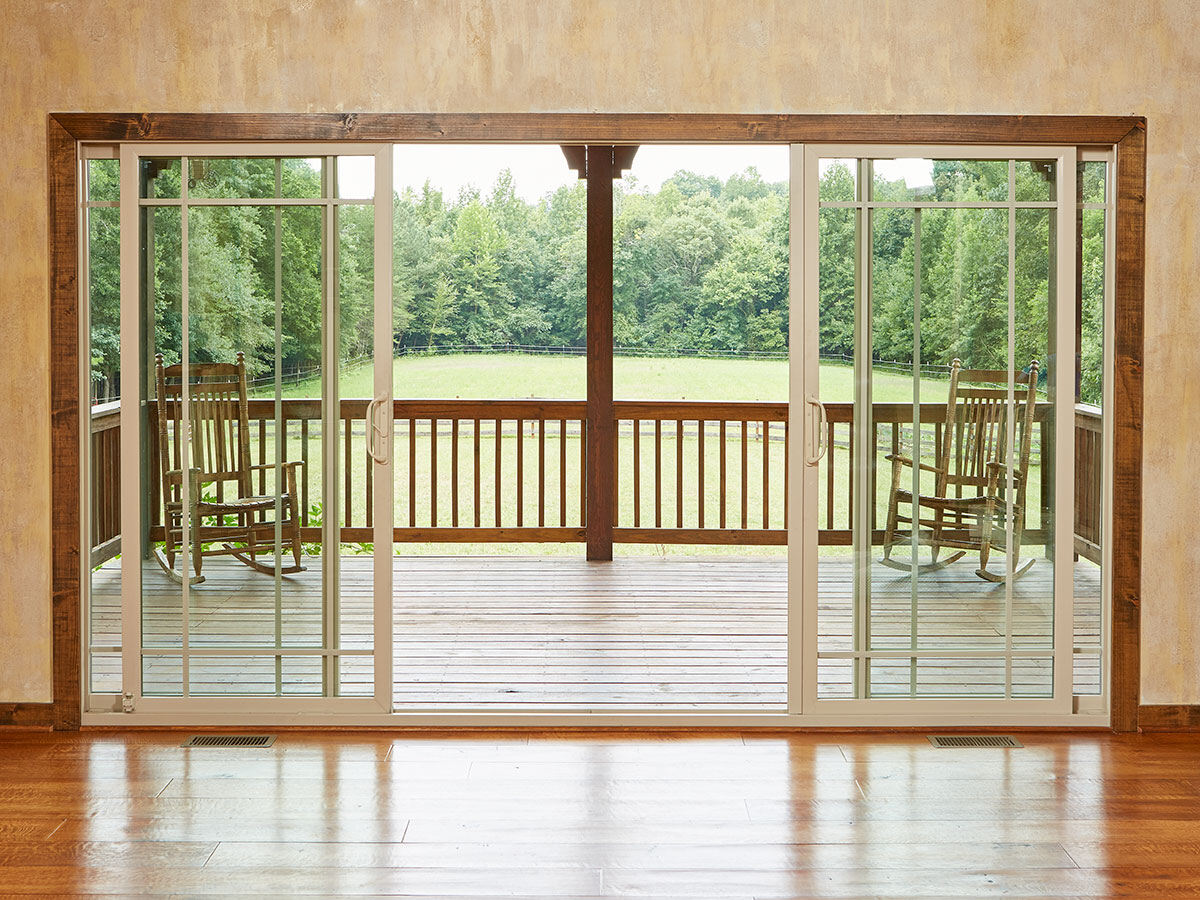

Outdoor Furniture
How To Buy A Sliding Patio Door
Modified: September 1, 2024
Looking to enhance your outdoor space? Learn how to buy a sliding patio door and find the perfect addition to your outdoor furniture collection.
(Many of the links in this article redirect to a specific reviewed product. Your purchase of these products through affiliate links helps to generate commission for Storables.com, at no extra cost. Learn more)
Introduction
Welcome to the wonderful world of outdoor furniture! Whether you have just purchased a new home or are looking to revamp your outdoor space, investing in quality outdoor furniture can make a significant difference. Outdoor furniture not only adds functionality but also enhances the overall aesthetics of your patio, deck, or backyard.
One essential piece of outdoor furniture that can elevate your outdoor living experience is a sliding patio door. Sliding patio doors not only provide easy access to your outdoor space but also allow natural light to pour into your home, creating a seamless indoor-outdoor connection.
However, buying a sliding patio door can be a daunting task, as there are various factors to consider. In this article, we will guide you through the process of buying the perfect sliding patio door for your needs. We will discuss the essential aspects to consider, including size, material, style, energy efficiency, glass options, security features, hardware and locking systems, pricing, brands, customer reviews, and seeking professional assistance.
By the end of this article, you will have a comprehensive understanding of what to look for when purchasing a sliding patio door and be well-equipped to make an informed decision that suits your lifestyle and budget.
So, let’s dive in and explore the world of sliding patio doors, and discover the perfect addition to your outdoor living space!
Key Takeaways:
- Assess Your Needs
Before buying a sliding patio door, consider your space, lifestyle, climate, and style preferences. This will help you choose a door that suits your outdoor area and meets your specific requirements. - Seek Professional Assistance
Consulting with professionals can provide valuable guidance and ensure a smooth installation process. Their expertise can help you make an informed decision and choose the best sliding patio door for your home.
Read more: How To Install Sliding Patio Doors
Assessing Your Needs
Before diving into the process of buying a sliding patio door, it is crucial to assess your specific needs and requirements. Understanding your unique circumstances will help you make a more informed decision when it comes to choosing the right type of door for your outdoor space.
Start by considering your patio or outdoor area’s layout and design. Assess the available space, taking note of any constraints such as walls, windows, or furniture that could affect the installation or operation of a sliding patio door.
Next, think about your lifestyle and how you plan to use your outdoor space. Are you looking for a door that seamlessly connects your indoor and outdoor areas, allowing for easy entertaining and flow of people? Or are you seeking a more functional door solution that provides practical access while still offering some natural light?
If you have children or pets, you may also want to prioritize safety and consider features such as childproof locks or convenient pet doors built into the sliding patio door system.
Furthermore, consider the climate and weather conditions in your area. If you live in an area with harsh winters or intense sunlight, you may want to opt for a sliding patio door with superior insulation and UV protection.
Lastly, think about your personal style and aesthetic preferences. Are you going for a modern, sleek look or a more traditional and timeless design? Understanding your design preferences will help narrow down the options when it comes to selecting the style and material of your sliding patio door.
By assessing your needs and taking all these factors into account, you will be better equipped to make an informed decision when it comes to purchasing a sliding patio door that perfectly suits your outdoor space.
Determining the Right Size
Once you have assessed your needs and requirements, the next step in buying a sliding patio door is determining the right size for your space. Accurate measurements are crucial to ensure a proper fit and smooth operation of the door.
Start by measuring the width and height of the existing opening where you intend to install the sliding patio door. Take measurements at various points to account for any irregularities or variations in the opening. It’s vital to measure the width at the top, middle, and bottom, as well as the height on the left, right, and center. Note down the smallest measurements to ensure a perfect fit.
When measuring the width, remember to include the space needed for the door frame and any additional features such as weather stripping or insulation. This will determine the overall width of the sliding patio door you need to purchase.
Similarly, when measuring the height, consider any space needed for the door frame, flooring, or threshold. Also, take into account any clearance required for proper operation and maintenance of the door.
It’s worth noting that standard sliding patio doors are usually available in sizes ranging from 5 to 8 feet in width and 6 to 8 feet in height. However, many manufacturers also offer custom sizing options to accommodate non-standard openings or specific design preferences.
If you are unsure about taking accurate measurements or have an irregular opening, it is recommended to consult a professional contractor or a representative from the sliding patio door manufacturer. They can assist you in taking precise measurements and provide guidance on the right size and configuration for your space.
Remember, precise measurements are key to ensuring a seamless installation and optimal functionality of your sliding patio door. Taking the time to measure accurately will save you time and headaches in the long run.
Choosing the Material
When it comes to selecting a sliding patio door, the material plays a significant role in its durability, energy efficiency, and overall aesthetic. There are several popular materials commonly used for sliding patio doors, each with its own set of advantages and considerations.
1. Wood: Wood is a classic and timeless option for sliding patio doors. It offers natural beauty, warmth, and excellent insulation properties. However, wood requires regular maintenance to prevent rot, warping, and insect damage. Additionally, it can be more expensive compared to other materials.
2. Vinyl: Vinyl is a popular choice for sliding patio doors due to its durability, low maintenance requirements, and affordability. It is resistant to corrosion, fading, and warping, making it suitable for various climates. Additionally, vinyl provides excellent insulation, helping to improve energy efficiency. However, vinyl may not offer the same aesthetic appeal as wood or other materials.
3. Aluminum: Aluminum sliding patio doors are known for their strength, durability, and sleek appearance. They are resistant to corrosion, making them ideal for coastal areas or regions with high humidity. Aluminum doors are relatively low maintenance and can be customized with various finishes. However, aluminum is not as energy efficient as other materials, and it may conduct heat or cold.
4. Fiberglass: Fiberglass sliding patio doors offer a combination of strength, durability, and energy efficiency. They are resistant to warping, cracking, and fading, making them suitable for extreme weather conditions. Fiberglass doors can mimic the look of wood while providing superior insulation. However, fiberglass doors can be more expensive than other materials.
5. Composite: Composite sliding patio doors are made from a combination of materials, typically wood fibers and resins. They offer the appearance of wood with better durability and resistance to weathering. Composite doors are low maintenance and can provide excellent insulation. However, they may be more expensive than other options.
Consider your specific needs, budget, and aesthetic preferences when choosing the material for your sliding patio door. It is also helpful to research the pros and cons of each material and consult with professionals to determine the best option for your outdoor space.
Selecting the Style
Choosing the right style for your sliding patio door is not only crucial for aesthetic purposes but also for functionality and space utilization. There are various styles available to suit different architectural designs and personal preferences.
1. Traditional Sliding: The traditional sliding patio door, also known as a “gliding” or “slider” door, features two large panes of glass with one panel that slides horizontally along a track. This classic style provides a simple and timeless look, allowing for unobstructed views and easy operation.
2. French Sliding: For those who prefer a more elegant and traditional look, French sliding patio doors are an excellent choice. They have wider stiles and rails, mimicking the appearance of French doors. French sliding doors typically have multiple panes of glass with grilles, offering a charming and sophisticated aesthetic.
3. Pocket Sliding: Pocket sliding patio doors are a space-saving option, ideal for areas with limited room or where uninterrupted views are desired. These doors slide into a pocket within the wall, creating a seamless transition between indoor and outdoor spaces when fully open.
4. Bifold: Bifold patio doors have gained popularity for their versatility and ability to open up an entire wall to the outdoors. The panels of a bifold door fold and stack neatly to one side, creating a wide opening and maximizing natural light and airflow. Bifold doors are available in various configurations, allowing for customization.
5. Multislide: Multislide patio doors are similar to bifold doors but operate on individual tracks, allowing for independent sliding and stacking of panels. This style offers flexibility in opening choices, as panels can be stacked to one side or split to create multiple access points.
Consider your space limitations, desired functionality, architectural style, and personal taste when selecting the style of your sliding patio door. Additionally, keep in mind factors such as door size, number of panels, and the overall aesthetic appeal to ensure a cohesive and visually pleasing look for your outdoor area.
By choosing the right style, you can enhance the beauty of your outdoor living space while enjoying the convenience and functionality of a well-designed sliding patio door.
Read more: What Is The Best Sliding Patio Door
Considering Energy Efficiency
Energy efficiency is a crucial factor to consider when purchasing a sliding patio door. An energy-efficient door can help reduce heating and cooling costs, improve indoor comfort, and minimize environmental impact. Here are some key aspects to consider when evaluating the energy efficiency of a sliding patio door:
1. Glass Options: The type of glass used in the door significantly impacts its energy efficiency. Look for doors with double or triple-pane glass, which provide better insulation by trapping air between the panes. Low-emissivity (Low-E) coatings can further enhance energy efficiency by reducing heat transfer and minimizing UV rays’ penetration.
2. Energy Performance Ratings: Energy performance ratings, such as the U-factor and Solar Heat Gain Coefficient (SHGC), indicate how well the door prevents heat loss and blocks solar heat gain. Choose sliding patio doors with lower U-factor values and SHGC ratings for better energy efficiency.
3. Weatherstripping: Proper weatherstripping is essential to prevent drafts and air leakage around the door’s edges. Look for sliding patio doors with high-quality weatherstripping materials that create a tight seal when closed.
4. Insulated Frames: The material and construction of the door frame can impact its energy efficiency. Insulated frames, such as those with thermal breaks, reduce heat transfer and improve overall insulation performance.
5. Sealing and Insulation: Ensure that the sliding patio door is properly sealed and insulated to minimize heat loss and air infiltration. Check for features such as insulated glass spacers and interlocking weather seals.
6. Orientation and Sun Exposure: Consider the orientation of your outdoor space and the door’s sun exposure. For example, if your patio faces the south or west, you may want to choose glass with lower SHGC values to reduce solar heat gain during hot summer months.
7. Energy Efficiency Certifications: Look for sliding patio doors that carry energy efficiency certifications, such as ENERGY STAR®. These certifications indicate that the doors have undergone testing and meet specific performance standards for energy efficiency.
Taking these energy efficiency factors into account will help you select a sliding patio door that not only enhances the beauty of your outdoor space but also helps save energy and reduce your carbon footprint.
Examining Glass Options
The selection of the right glass for your sliding patio door is crucial, as it can impact energy efficiency, privacy, soundproofing, and overall aesthetics. Understanding the different glass options available can help you make an informed decision. Here are some common glass options to consider:
1. Clear Glass: Clear glass is the most standard option for sliding patio doors, offering unobstructed views and allowing ample natural light into your space. While clear glass may not provide the best insulation or privacy, it is a popular choice for those who value openness and visibility.
2. Low-E Glass: Low-E (Low-Emissivity) glass is coated with a microscopically thin metallic layer that helps reflect heat and UV rays while allowing visible light to pass through. It improves energy efficiency by minimizing heat gain in the summer and heat loss in the winter. Low-E glass also reduces fading of furniture and flooring caused by UV rays.
3. Tinted Glass: Tinted glass is a great option for those seeking privacy and light control. Tinted glass reduces the amount of visible light and heat transfer, minimizing glare and protecting your indoor furniture from fading. Various tint levels are available, allowing you to customize the level of privacy and light transmission.
4. Reflective Glass: Reflective glass, also known as mirror glass or one-way mirror glass, offers privacy during the daytime. It reflects a significant amount of sunlight and provides a mirror-like appearance from the outside. However, the trade-off is that reflective glass limits visibility to the outside during nighttime when the interior is illuminated.
5. Frosted Glass: Frosted glass is an excellent option for privacy while still allowing some natural light to pass through. It features a textured or translucent surface that obscures the view while adding a touch of elegance and style to your sliding patio door.
6. Decorative Glass: Decorative glass options come in a variety of patterns and designs, allowing you to personalize your sliding patio door. These glass options can add architectural interest and enhance the overall aesthetic appeal of your outdoor space.
Consider your preferences for natural light, privacy, energy efficiency, and design when selecting the glass for your sliding patio door. Don’t hesitate to consult with professionals who can provide further advice based on your specific requirements and local climate conditions.
Evaluating Security Features
When choosing a sliding patio door, security is a vital aspect to consider. Your sliding patio door should provide peace of mind by offering robust security features to protect your home and loved ones. Here are some key security features to evaluate:
1. Multi-Point Locking System: Look for sliding patio doors equipped with a multi-point locking system. This feature secures the door at multiple points along the frame, making it more difficult for intruders to force their way in. Ensure that the locking mechanisms are solid and made of durable materials.
2. Impact Resistance: Consider selecting sliding patio doors that are impact-resistant. These doors are designed to withstand powerful impacts, such as during severe weather events or attempted break-ins. Impact-resistant glass can also serve as a deterrent against forced entry.
3. Reinforced Frame: Pay attention to the construction and material of the door frame. A reinforced frame, such as those made of steel or reinforced aluminum, provides added strength and resistance against forced entry.
4. Security Bars or Grilles: Some sliding patio doors come with optional security bars or grilles that can be installed on the interior side of the door. These bars or grilles add an extra layer of protection by preventing the door from being forced open.
5. Anti-Lift Devices: Consider doors that are equipped with anti-lift devices. These devices prevent the door panels from being lifted off the track, making it much more difficult for intruders to gain access to your home.
6. Burglar-Resistant Glass: Consider the use of burglar-resistant glass, which is designed to resist impact and deter break-ins. This type of glass is more difficult to shatter and can help protect your home against forced entry attempts.
7. Security Sensors and Alarms: Consider integrating your sliding patio door into your home security system, which can include sensors and alarms that detect any unauthorized access attempts. This can provide an added layer of security and help deter potential intruders.
Remember, investing in a sliding patio door with solid security features is essential for keeping your home secure. Assess your specific security needs and consult with professionals to ensure you make the best choice for your home’s safety.
When buying a sliding patio door, make sure to measure the space accurately to ensure a proper fit. Consider the material, energy efficiency, and security features before making a decision.
Exploring Hardware and Locking Systems
The hardware and locking systems of your sliding patio door are essential components that contribute to its functionality, convenience, and security. When selecting a sliding patio door, it’s important to explore the various hardware options and locking mechanisms available. Here are some features to consider:
1. Handles and Levers: Choose handles and levers that are ergonomically designed and easy to operate. Look for options that provide a comfortable grip and smooth motion for opening and closing the door.
2. Locking Mechanisms: Evaluate the type of locking mechanism offered with the sliding patio door. Common options include latch locks, mortise locks, and multi-point locks. Multi-point locks provide enhanced security as they secure the door at multiple points along the frame.
3. Keyed or Keyless Entry: Decide whether you prefer a keyed entry system or a keyless entry system for your sliding patio door. Keyed entry systems require a physical key to unlock the door, while keyless systems use electronic mechanisms, such as keypad or fingerprint entry, for convenient access.
4. Security Plates: Consider sliding patio doors that feature security plates or strike plates. These metal plates reinforce the area where the locking mechanism engages with the door frame, making it more difficult to force the door open.
5. Rollers and Tracks: Examine the quality and durability of the rollers and tracks used in the sliding door system. Smooth-rolling, durable rollers and sturdy tracks ensure easy and reliable operation of the door.
6. Built-in Locking Sensors: Some sliding patio doors come equipped with built-in locking sensors that indicate whether the door is securely locked. This feature provides peace of mind by eliminating any doubts about the door’s locking status.
7. Maintenance and Durability: Consider the maintenance requirements and durability of the hardware and locking systems. Choose materials that are resistant to wear, corrosion, and harsh weather conditions.
Remember to choose hardware and locking systems that align with your preferences for convenience, aesthetics, and security. Evaluate the quality and reputation of the manufacturer to ensure you are investing in reliable and long-lasting hardware for your sliding patio door.
Read more: How To Install A Pella Sliding Patio Door
Comparing Prices and Budgeting
When purchasing a sliding patio door, it’s important to compare prices to ensure you find the best quality and value for your budget. Here are some factors to consider when comparing prices and budgeting for your sliding patio door:
1. Material and Features: The material and features of the sliding patio door greatly influence the price. Doors made of high-quality materials such as wood or fiberglass tend to be more expensive than vinyl or aluminum. Additional features like energy-efficient glass, security enhancements, and special finishes can also impact the cost.
2. Size and Configuration: The size and configuration of your sliding patio door can affect the price. Larger doors or custom configurations may have higher costs compared to standard-sized and off-the-shelf options. Be sure to consider any additional costs associated with installation and modifications required to accommodate non-standard sizes.
3. Brand and Manufacturer: Different brands and manufacturers may offer sliding patio doors at various price points. Research reputable brands that are known for their quality and customer satisfaction. While it’s important to consider price, prioritize quality and reliability to ensure your investment lasts long-term.
4. Energy Efficiency: Energy-efficient sliding patio doors may come with a higher upfront cost but can lead to long-term savings on heating and cooling expenses. Consider the energy performance ratings, such as U-factor and SHGC, to determine the potential energy savings over time.
5. Warranty and Service: The warranty provided by the manufacturer is another aspect to consider when comparing prices. A longer and comprehensive warranty can provide peace of mind and potentially save you money on future repairs or replacements. Additionally, look into the manufacturer’s reputation for customer service and support.
6. Installation Costs: It’s important to factor in the cost of professional installation when budgeting for a sliding patio door. Improper installation can lead to issues with functionality, security, and energy efficiency. Obtain multiple quotes from reputable installers and ensure they have experience with installing sliding patio doors.
7. Long-Term Value: When comparing prices, consider the long-term value of the sliding patio door. Investing in a high-quality, durable door may be more cost-effective in the long run, as it will require fewer repairs or replacements over time.
Take the time to research prices, consider your budget and requirements, and weigh the benefits and features of different sliding patio doors. By comparing prices and budgeting effectively, you can find a sliding patio door that meets your needs and offers the best value for your investment.
Researching Brands and Manufacturers
When it comes to purchasing a sliding patio door, researching reputable brands and manufacturers is crucial. The quality, reliability, and customer satisfaction of the brand can significantly impact your overall satisfaction with the product. Here are some steps to take when researching brands and manufacturers:
1. Read Reviews and Testimonials: Begin by reading reviews and testimonials from customers who have purchased sliding patio doors from different brands. Look for common themes or feedback regarding product quality, durability, and customer service. Websites, forums, and social media platforms can be valuable sources for gathering customer opinions.
2. Check Industry Ratings and Certifications: Investigate industry ratings and certifications that brands and manufacturers have earned. Certifications such as ENERGY STAR® provide an assurance of energy efficiency and quality. Look for brands that have received recognition or accolades for their products.
3. Evaluate Product Range and Expertise: Consider the range of sliding patio doors offered by each brand and manufacturer. A broader product range indicates their expertise and commitment to the category. It may also provide you with more options to find a door that suits your needs and preferences.
4. Consider Experience and Reputation: Research the experience and reputation of the brand and manufacturer in the industry. Brands with a long-standing history and positive reputation are more likely to provide consistent quality. Look for manufacturers that specialize in producing sliding patio doors and have a track record of delivering reliable products.
5. Look for Warranty and Support: Assess the warranty and support offered by each brand and manufacturer. A comprehensive warranty and responsive customer support can give you peace of mind and assistance if any issues arise with your sliding patio door. Investigate the terms and conditions of the warranty, including coverage and duration.
6. Seek Recommendations: Ask friends, family, or neighbors who have purchased sliding patio doors for recommendations. Personal recommendations can provide valuable insights into the overall experience with different brands and manufacturers.
7. Request Samples or Visit Showrooms: If possible, request samples or visit showrooms to see and feel the quality of the sliding patio doors firsthand. This can help you assess the craftsmanship, materials, and design aesthetics of each brand’s offerings.
Take your time to research brands and manufacturers thoroughly. By doing so, you can make an informed decision and choose a sliding patio door from a reputable brand that aligns with your expectations of quality and customer satisfaction.
Reading Customer Reviews
Reading customer reviews is an essential step when purchasing a sliding patio door. Customer reviews provide valuable insights into the real-life experiences of people who have already bought and used the product. Here’s why reading customer reviews is important and how to effectively analyze them:
1. Authentic Feedback: Customer reviews offer authentic feedback about the sliding patio door you are considering. These reviews provide insights into the product’s pros and cons, performance, durability, and overall satisfaction. Reading multiple reviews can give you a broader understanding of the product’s strengths and weaknesses.
2. Product Quality and Reliability: Customer reviews can help you gauge the quality and reliability of the sliding patio doors you are researching. Look for reviews that mention the product’s durability, resistance to wear and tear, and overall construction. Pay attention to any recurring complaints about manufacturing defects or poor craftsmanship.
3. Installation and Functionality: Reviews can shed light on the ease of installation and functionality of the sliding patio door. Look for feedback on the installation process, including whether it was straightforward or required professional assistance. Furthermore, consider customer experiences regarding the door’s operation, ease of use, and any issues with functionality.
4. Energy Efficiency and Insulation: Energy efficiency is an important aspect of a sliding patio door. Customer reviews can provide insights into the door’s performance in terms of insulation, heat transfer, and energy savings. Look for reviews that specifically mention energy efficiency features and whether they resulted in noticeable improvements in heating or cooling costs.
5. Customer Service and Support: Reviews can offer valuable information about a manufacturer’s customer service and support. Take note of reviews that mention positive experiences with timely responses, helpful assistance, or hassle-free warranty claims. Conversely, be aware of any recurring complaints about poor customer service or difficulty in resolving issues.
6. Consensus in Reviews: Look for patterns or consensus in the customer reviews you read. Multiple positive or negative reviews related to the same aspect of the sliding patio door can indicate a consistent experience. Consider the weight of such feedback in your decision-making process.
7. Consider the Overall Rating: Take note of the overall rating or average score given by customers. This can serve as a general indicator of customer satisfaction. However, also take the time to read individual reviews to gain a more comprehensive understanding of the product’s strengths and weaknesses.
While customer reviews can be insightful, it’s important to approach them with a critical mindset. Consider the credibility and number of reviews you analyze. Look for detailed and well-explained reviews rather than short, vague comments. By taking the time to read customer reviews, you can gather valuable information to help you make an informed decision when purchasing a sliding patio door.
Seeking Professional Assistance
When it comes to purchasing a sliding patio door, seeking professional assistance can be invaluable. Professionals in the industry can provide expert guidance, ensure proper installation, and help you make informed decisions. Here are a few reasons why seeking professional assistance is beneficial:
Knowledge and Expertise: Professionals, such as contractors or specialists in doors and windows, have extensive knowledge and expertise in the field. They can assess your specific needs, provide recommendations tailored to your requirements, and answer any questions you may have about sliding patio doors.
Measurement and Installation: Proper measurement and installation are crucial for the optimal performance and longevity of your sliding patio door. Professionals have the experience and tools necessary to accurately measure your space, ensuring a perfect fit. They can also handle the installation process efficiently and effectively, saving you time and potential headaches.
Industry Connections: Professionals often have established relationships with manufacturers and suppliers. They can provide recommendations for reputable brands and help you find sliding patio doors that meet your budget and preferences. Additionally, they may have access to a wider range of products and options than what is readily available to the general public.
Design and Aesthetic Guidance: Professionals can offer design and aesthetic guidance based on their experience and knowledge of current trends. They can assist you in selecting sliding patio doors that complement the style and architecture of your home, ensuring a cohesive and visually appealing result.
Code Compliance and Permits: Building codes and permit requirements vary depending on your location. Professionals are familiar with local regulations and can ensure that your sliding patio door installation meets all necessary compliance standards. They can also assist in obtaining the required permits, saving you the hassle of navigating the process on your own.
After-Sales Support: If any issues arise with your sliding patio door after installation, professionals can provide after-sales support. They can help troubleshoot problems, address warranty claims, and offer repair or replacement services as needed. Having a professional to rely on can give you peace of mind knowing that you have ongoing support.
When seeking professional assistance, ensure that you engage with reputable and licensed professionals in the industry. Take the time to research their credentials, read reviews, and request quotes from multiple providers. By collaborating with professionals, you can make the buying process smoother, ensure the proper installation of your sliding patio door, and ultimately enhance your overall satisfaction with the final result.
Read more: How To Replace Glass In A Sliding Patio Door
Making a Purchase Decision
After conducting thorough research, assessing your needs, and considering all the important factors, it’s time to make a purchase decision for your sliding patio door. Here are some key steps to help you finalize your decision:
1. Finalize Your Requirements: Review your needs, budget, and preferences to ensure you have a clear understanding of what you’re looking for in a sliding patio door. Consider factors such as size, material, style, energy efficiency, glass options, and security features.
2. Compare Options: Compare different brands, models, and configurations of sliding patio doors. Evaluate the pros and cons, taking into account factors such as quality, reputation, customer reviews, and price.
3. Visit Showrooms or Request Samples: If possible, visit showrooms or request samples of the sliding patio doors you are considering. Seeing and feeling the doors in person can give you a better sense of the quality, design, and operation.
4. Obtain Multiple Quotes: Contact multiple suppliers or contractors to obtain quotes for the sliding patio door and installation. Compare the quotes, considering factors such as price, warranty, service, and reputation. Ensure that the quote includes all necessary components and any additional features you require.
5. Seek Professional Input: Consult with professionals, such as contractors or door specialists, for their expertise and advice. They can provide valuable insights and ensure you make an informed decision in line with your requirements.
6. Consider Long-Term Value: Look beyond the immediate cost and consider the long-term value of the sliding patio door. Consider factors such as durability, energy efficiency, warranty, and ongoing maintenance requirements. Investing in a higher-quality door may offer greater value and satisfaction over time.
7. Trust Your Instincts: Trust your instincts and go with the sliding patio door that feels right for you. Take into account all the research, expert opinions, and personal preferences, and make a decision that aligns with your needs and overall satisfaction.
8. Make the Purchase: Once you have weighed all the factors and considered all the information, it’s time to make the purchase. Place your order with the chosen supplier or contractor, ensuring that all the agreed-upon details, including payment terms, delivery, and installation, are clearly stated in writing.
By following these steps and making a well-informed purchase decision, you can confidently proceed with your sliding patio door investment, knowing that you have chosen the best option for your outdoor space. Sit back, relax, and look forward to enjoying your new sliding patio door and the enhanced beauty and functionality it brings to your home.
Final Thoughts
As you approach the final stage of purchasing a sliding patio door, it’s important to reflect on the journey and the key considerations you’ve explored. By now, you have assessed your needs, determined the right size, chosen the material and style, considered energy efficiency and security features, explored glass options, read customer reviews, sought professional assistance, and compared prices. Armed with this knowledge, you are equipped to make an informed decision that aligns with your preferences, budget, and lifestyle.
Remember, a sliding patio door is not just a functional addition to your outdoor space; it’s an investment that can enhance your home’s aesthetics, convenience, and energy efficiency. Take the necessary time to research and evaluate your options, focusing not only on price but also on quality, reliability, and customer satisfaction.
Consulting with professionals in the industry can provide valuable insights and ensure a seamless installation process. Their expertise can help you navigate through the choices, measurements, and any specific requirements you may have. They can guide you in selecting the right brand, style, and features to meet your unique needs.
Finally, trust your instincts and choose a sliding patio door that resonates with you. Consider the long-term value and impact on your home’s overall ambiance. A well-chosen sliding patio door will provide you with years of enjoyment, seamlessly connecting your indoor and outdoor spaces while adding beauty and functionality.
With your purchase decision made, it’s time to move forward and eagerly anticipate the installation of your new sliding patio door. Sit back, envision the transformation of your outdoor space, and look forward to creating lasting memories and enjoying the beauty and convenience that your sliding patio door will bring.
Congratulations on reaching this stage of your journey. Enjoy the process, and may your new sliding patio door become a cherished centerpiece of your home’s outdoor haven. Cheers to many years of relaxation, gatherings, and sheer enjoyment in your reinvigorated outdoor living space!
Frequently Asked Questions about How To Buy A Sliding Patio Door
Was this page helpful?
At Storables.com, we guarantee accurate and reliable information. Our content, validated by Expert Board Contributors, is crafted following stringent Editorial Policies. We're committed to providing you with well-researched, expert-backed insights for all your informational needs.
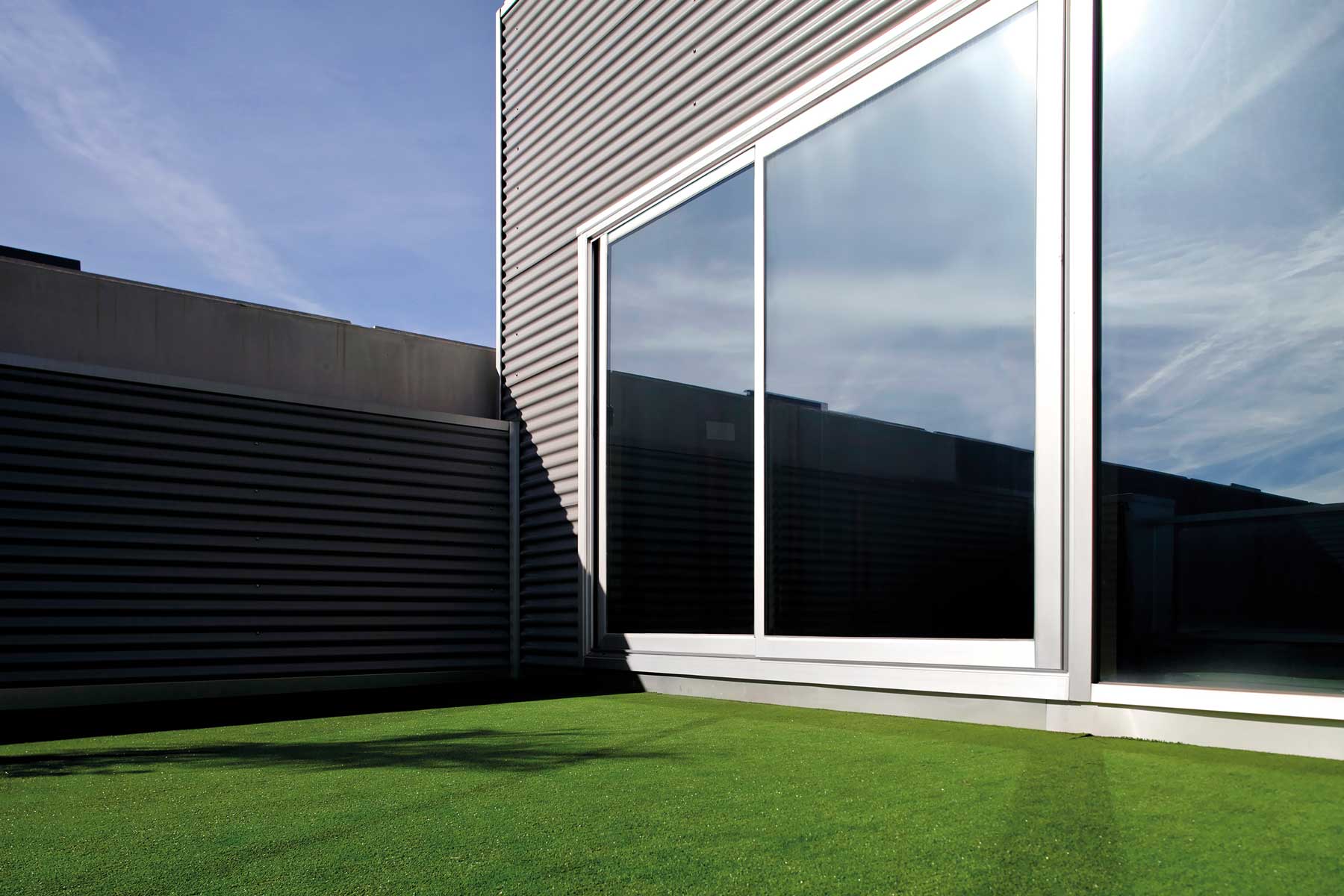
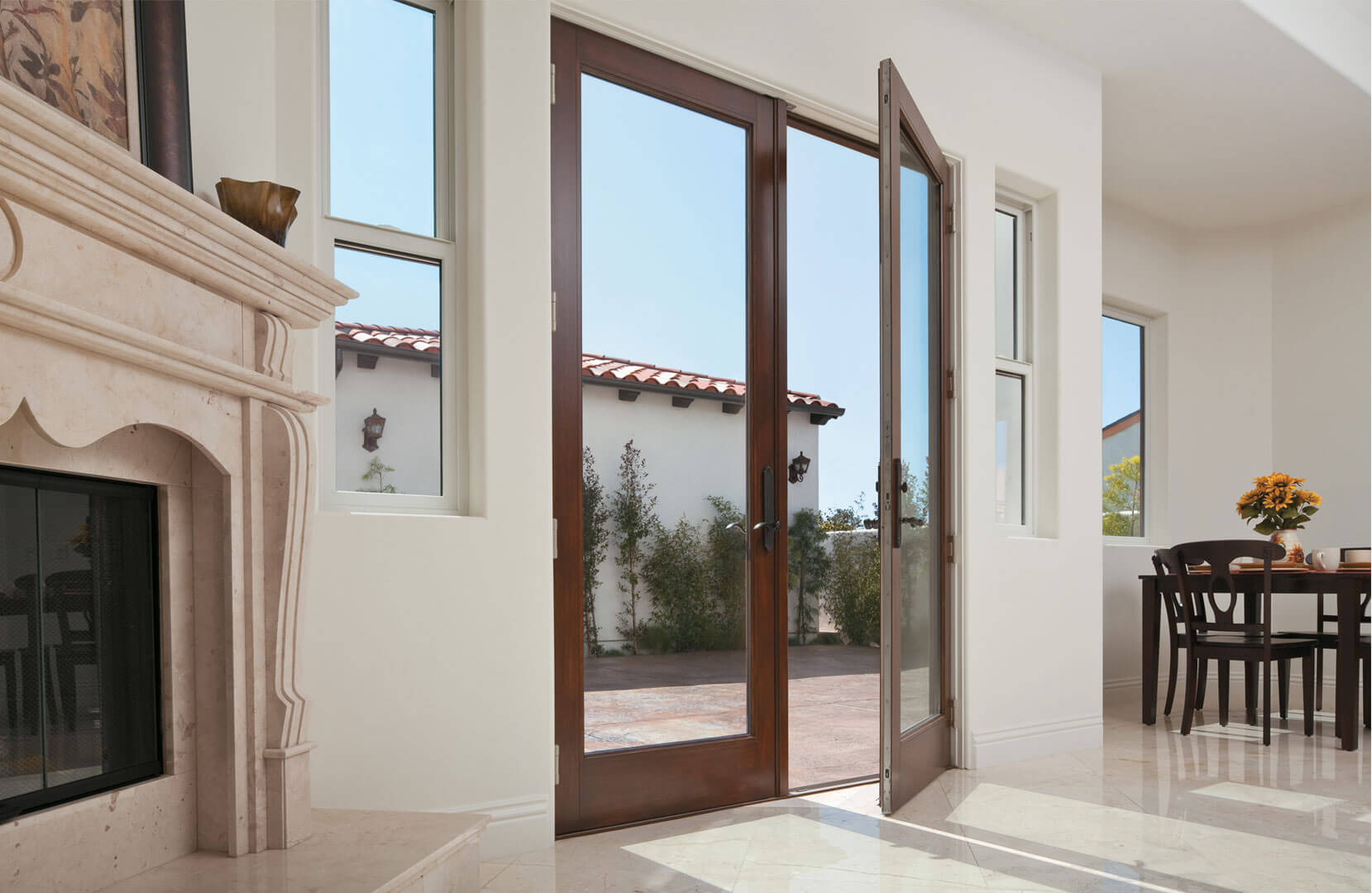
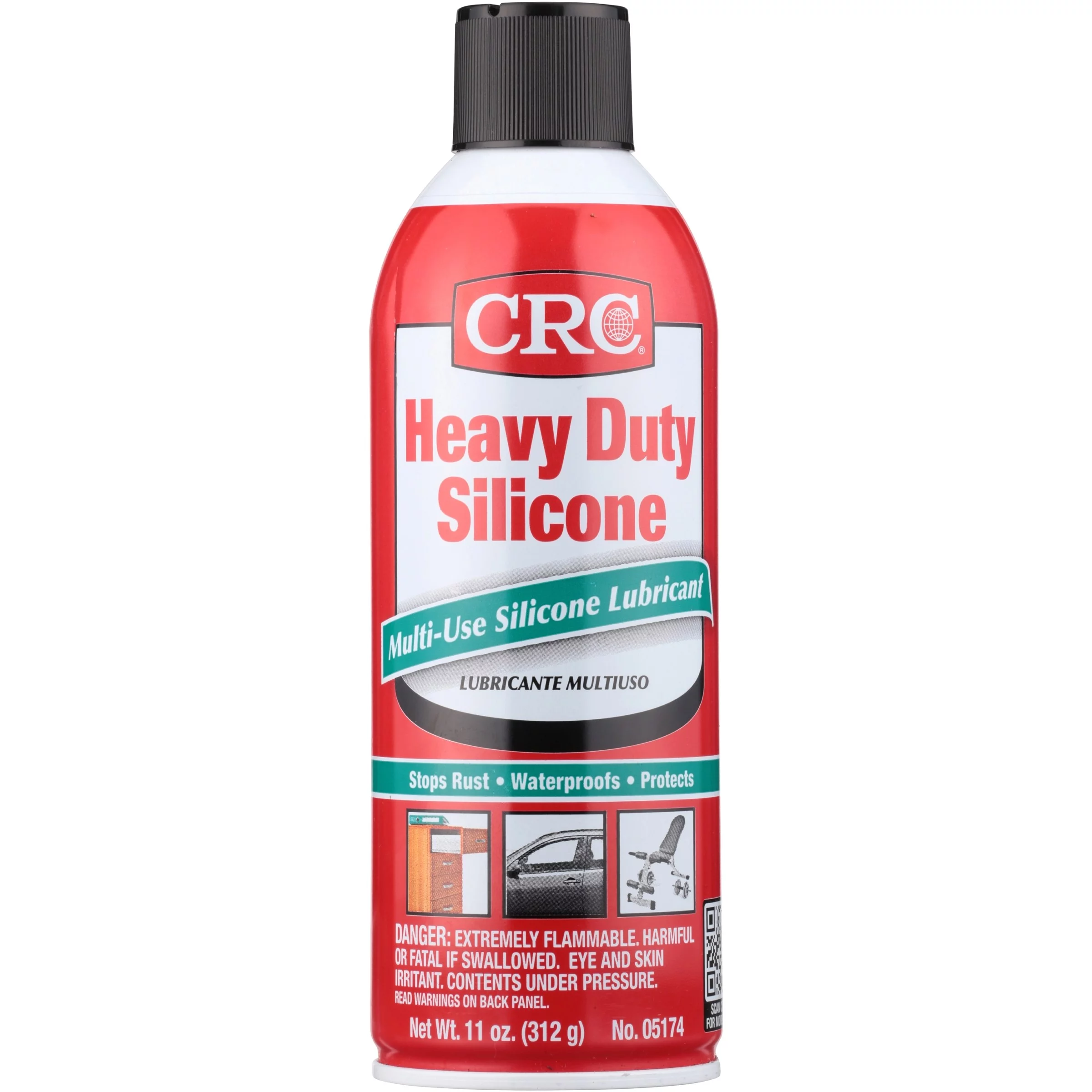
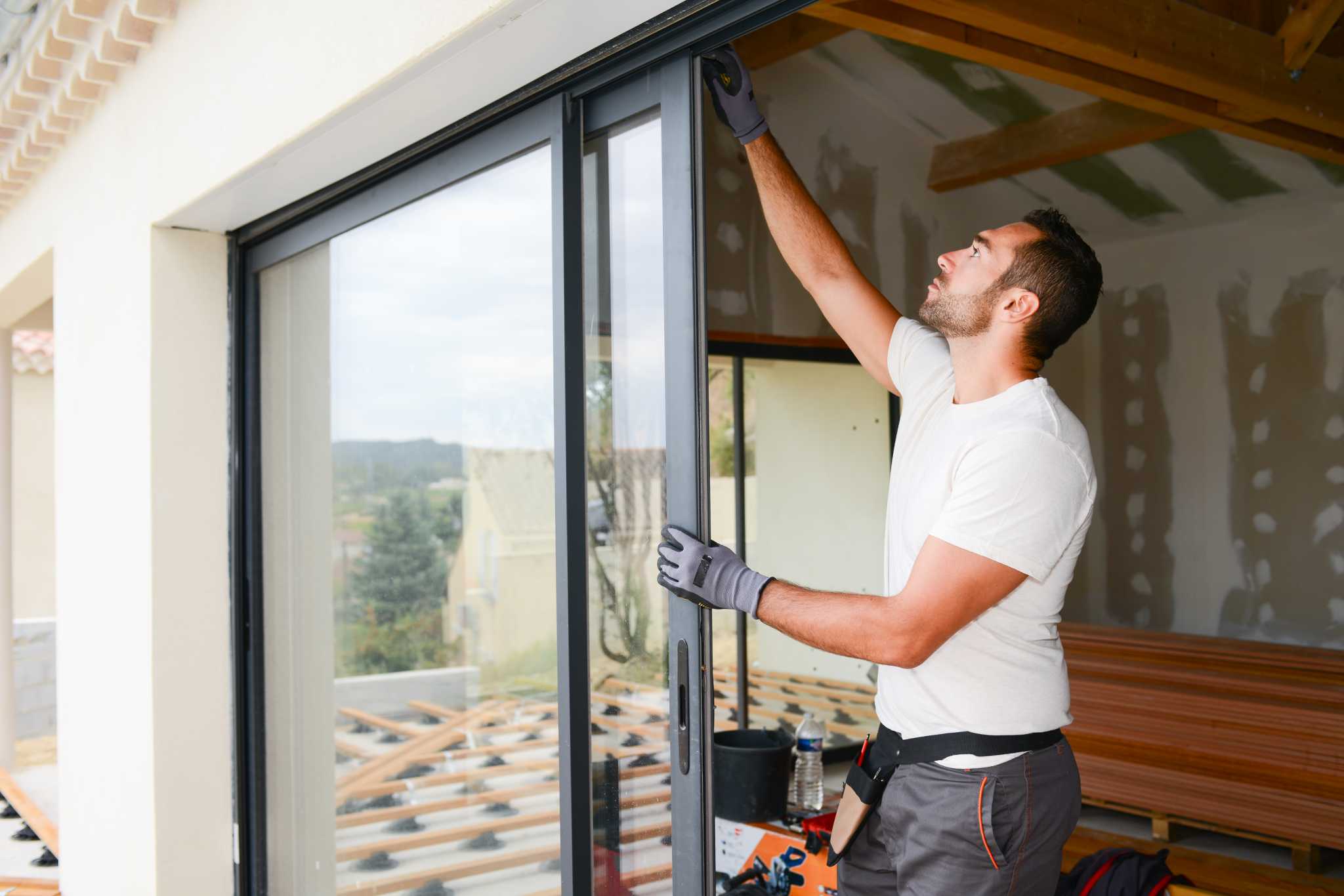
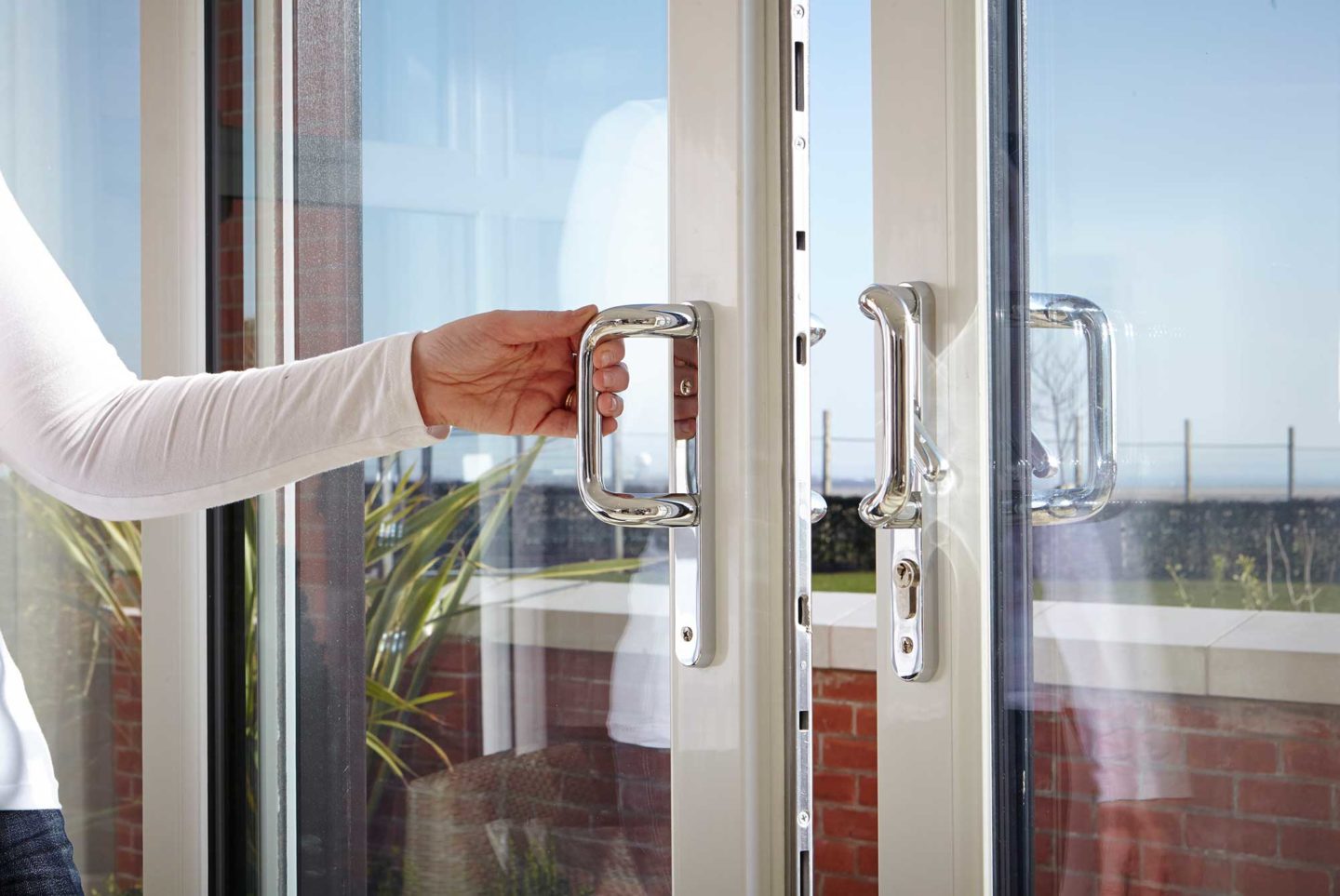
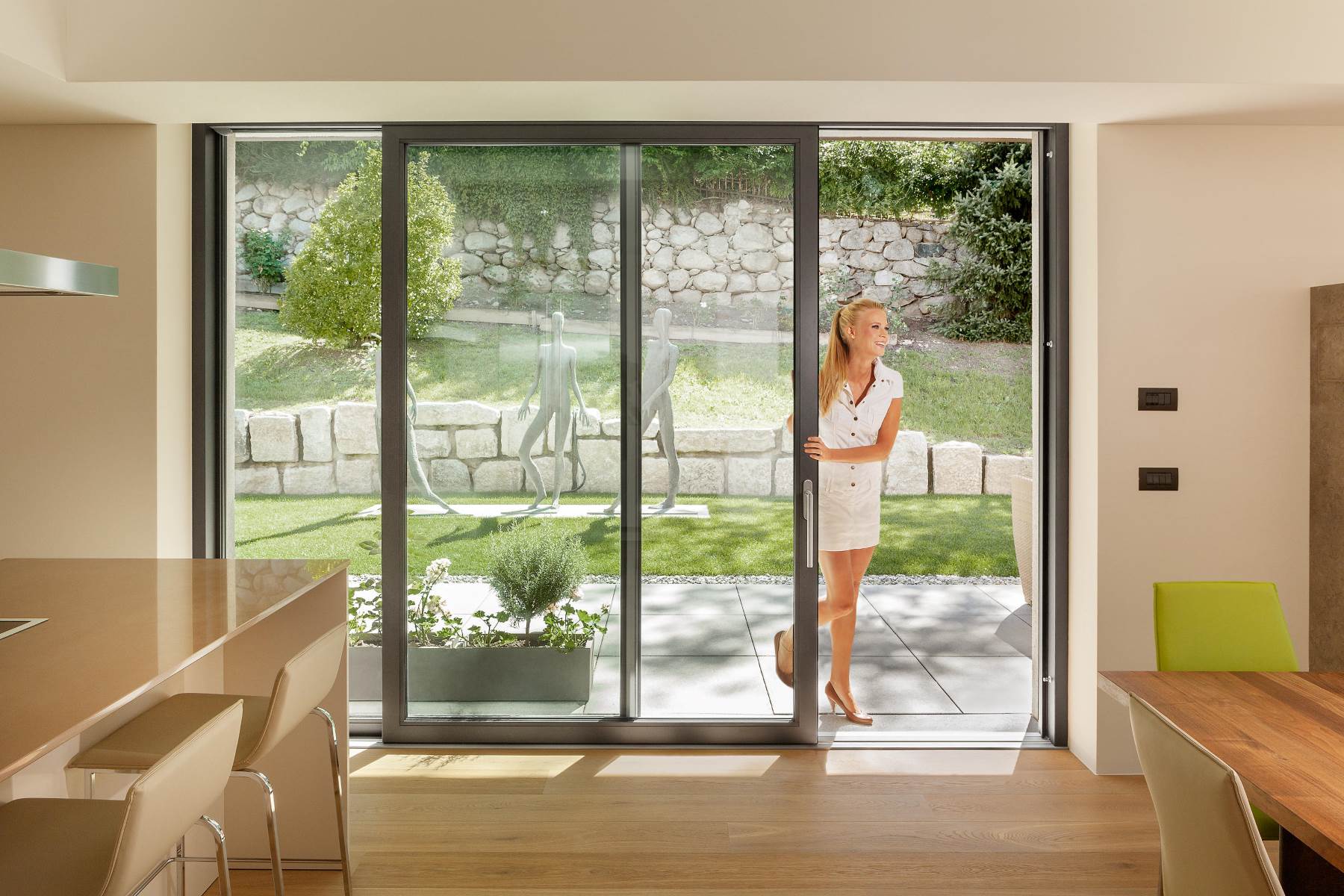
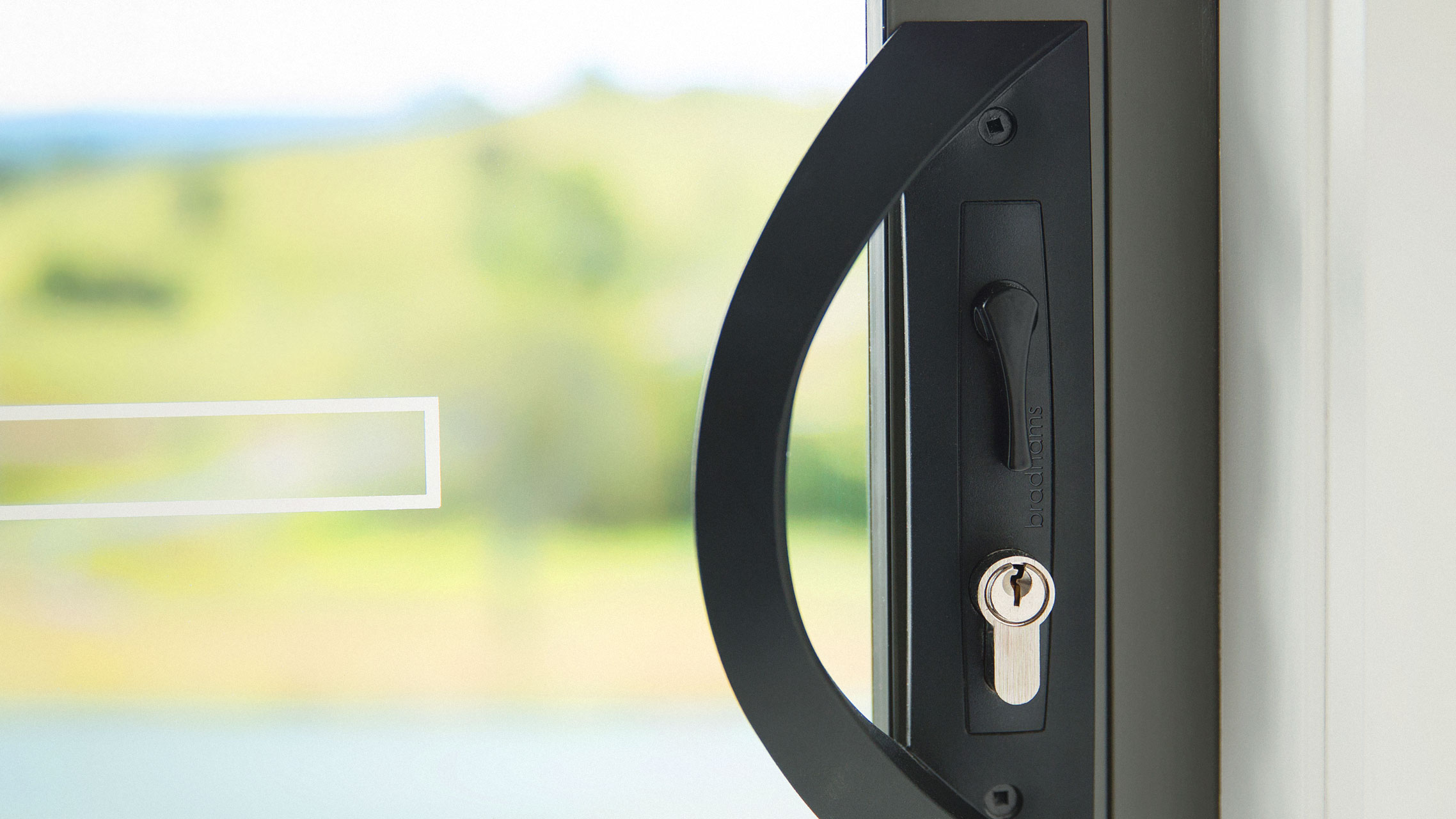
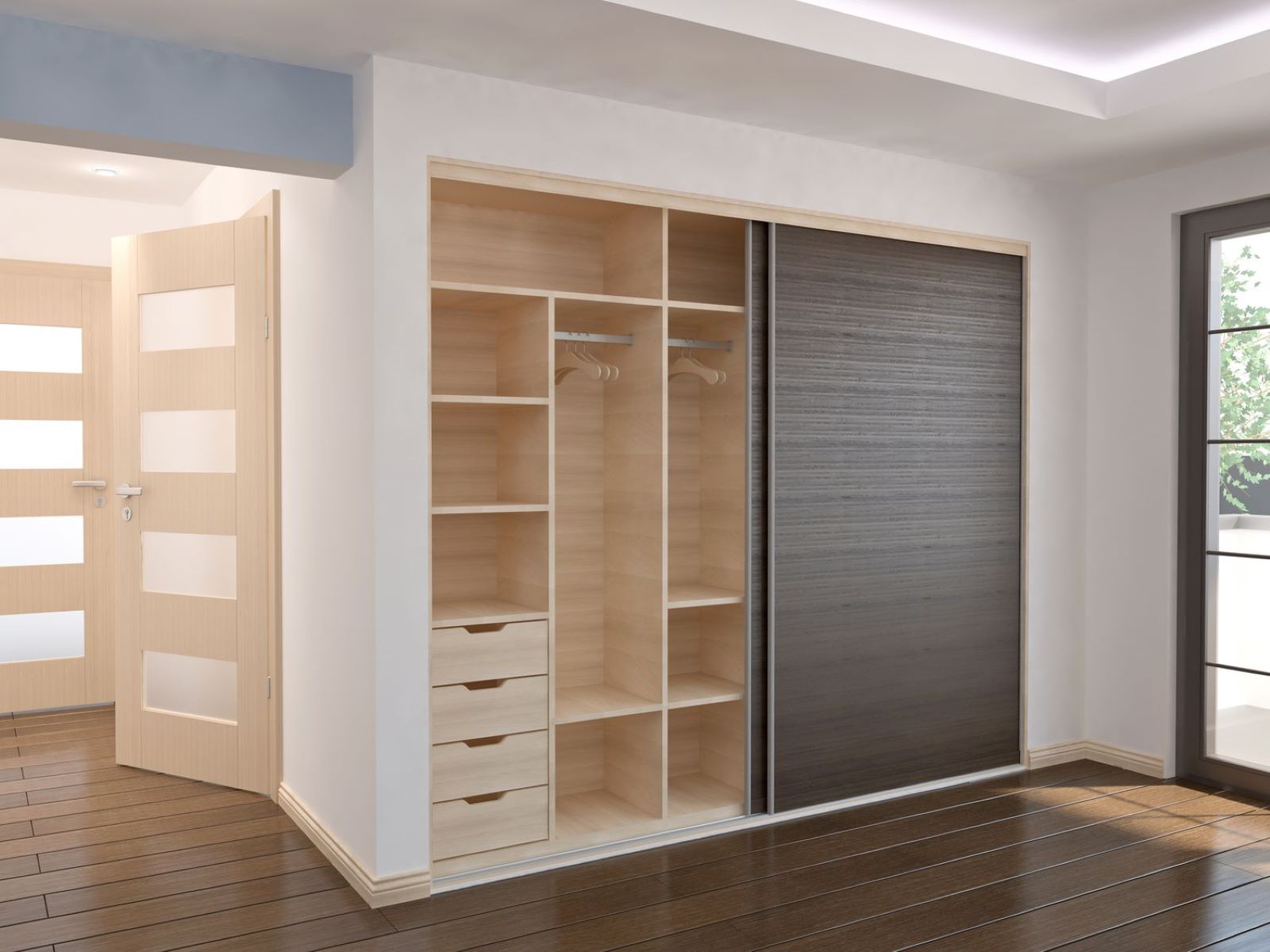
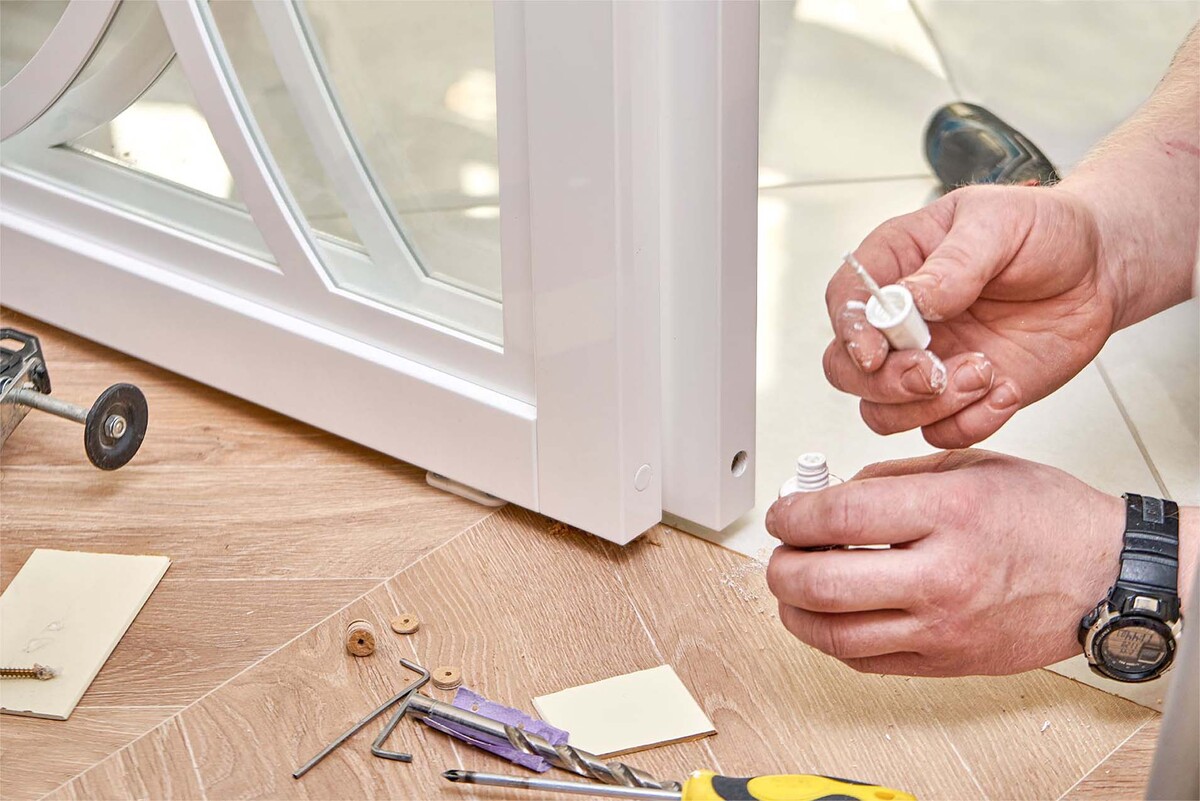
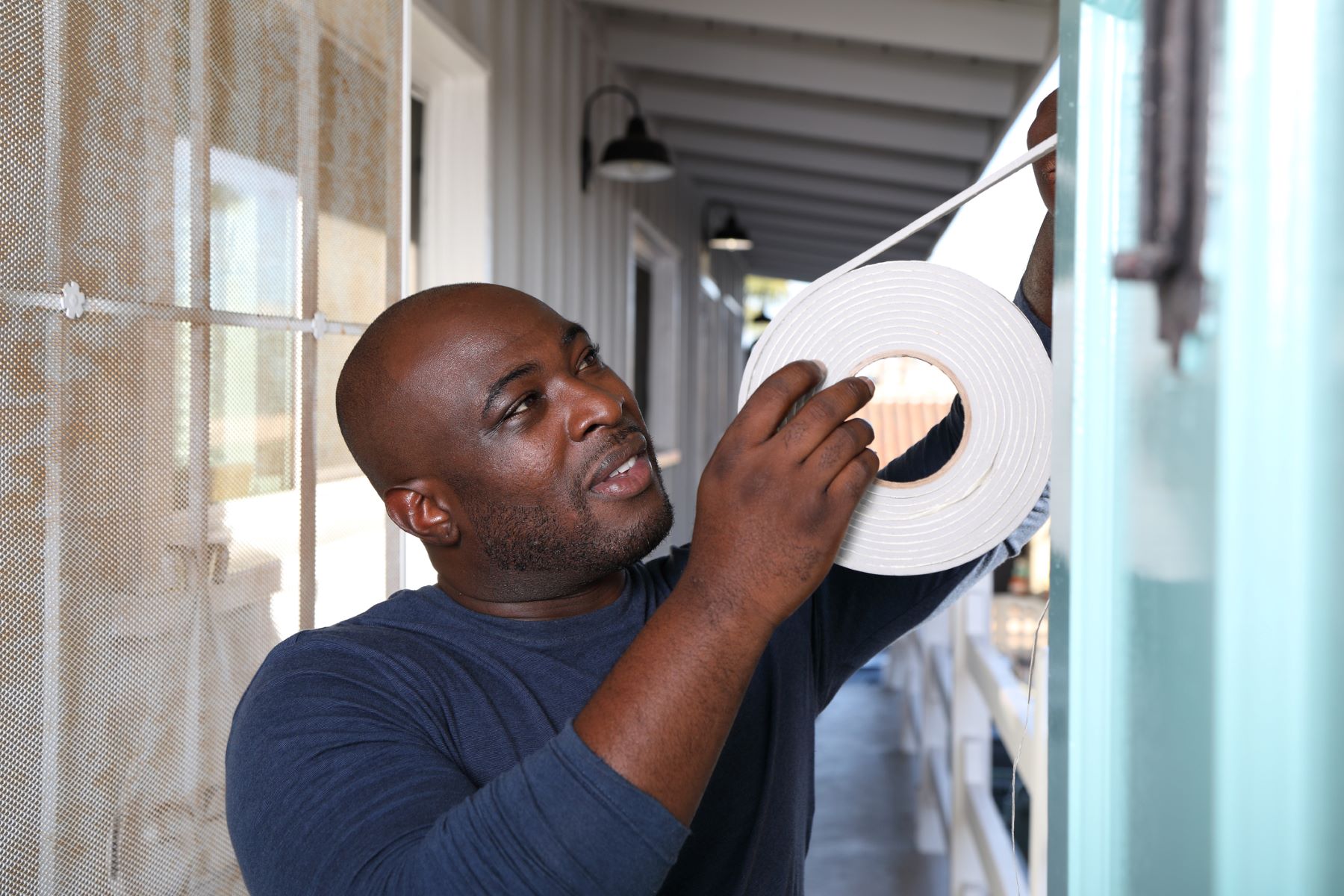
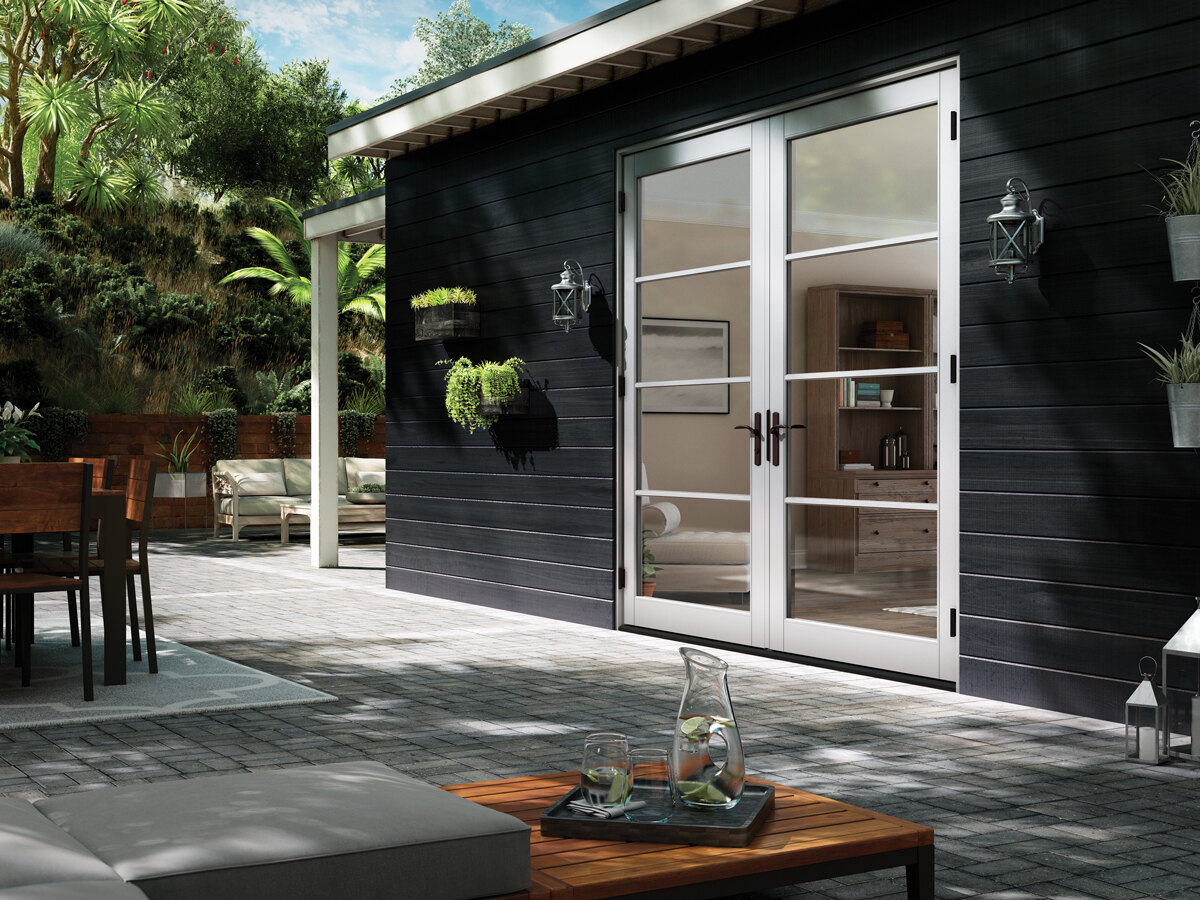

0 thoughts on “How To Buy A Sliding Patio Door”